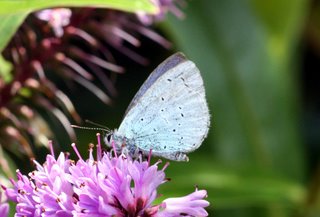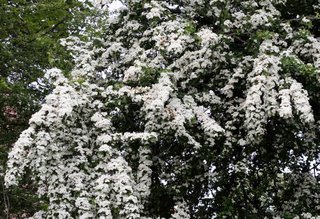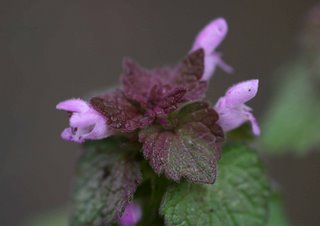I found this cracking spider under a pot near the shed. This is the Woodlouse spider, so called due to it's habit of, you guessed it, eating woodlice, for which purpose it is specially adapted. I had noticed these spiders before, but it wasn't until I did some reading that i discovered this aspect of it's biology. There is a closely related, slightly smaller species -
Dysdera erythrena, however I'm sure this is
crocota due to it's size and the presence of 3 spines on the dorsal side of the rear femur, which my book (Collins Field Guide to Spiders) assures me is diagnostic - I inlude an image of the spines taken from another photo I took below. This species likes living under logs and stones (and pots) where woodlice are also to be found.
Woodlouse Spider (
Dysdera crocota) - I had to use the flash on this shot and wasn't easy getting the exposure correct. I may need a dedicated macro flash?

Spines on rear femur:

Bumblebees - 2
Other bees - 1
Moths - 1
Amphibians - 1
Plants - 6
OtherFlies - 1
Hoverflies - 1
Molluscs - 1
Beetles - 1
Spiders -1
My list really starting to come on - 16 species and counting. I reckon I can make at least 100? This will be quite impressive for what is really only a small suburban garden. I still haven't gone for a single bird, but I should be able to add at least 25 species, if I have the patience anyway.
GWP


























